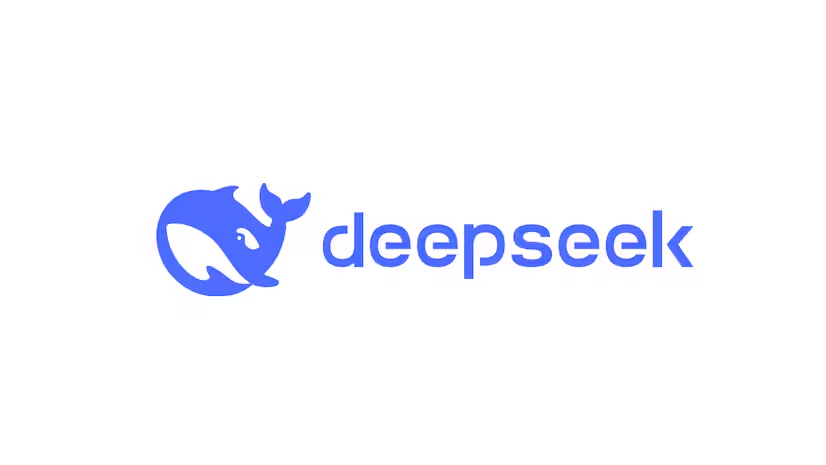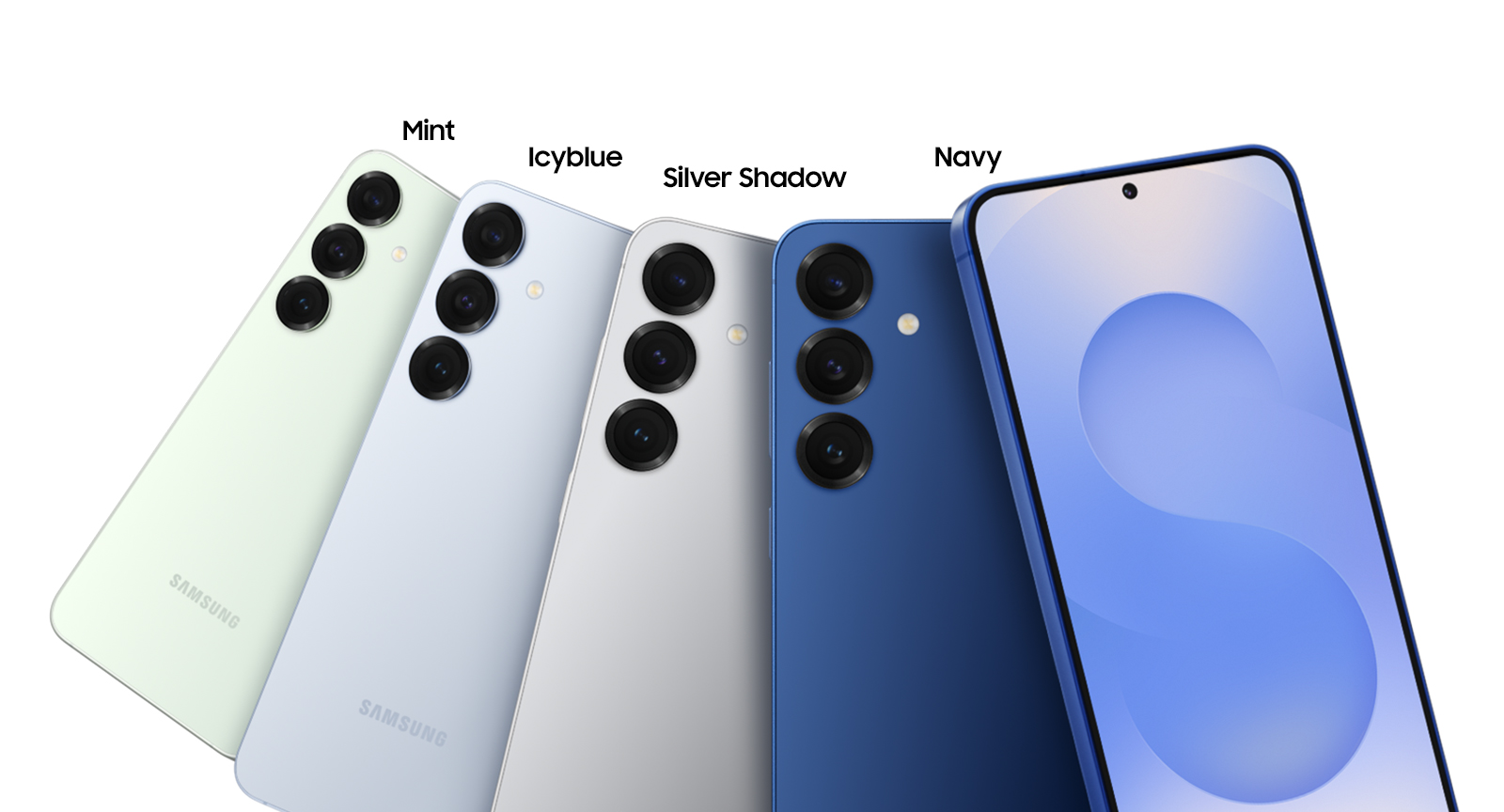Introduction
In an era dominated by information, traditional search engines struggle to deliver precise, context-aware results. Enter Deep Seek, an AI-powered search engine that redefines the way we interact with information. Leveraging deep learning and natural language processing (NLP), Deep Seek provides highly relevant, intuitive, and personalized search experiences.
In this blog post, we’ll explore how Deep Seek works, its key advantages, and why it might be the future of search.
What is Deep Seek?
Deep Seek is an advanced AI-driven search engine that goes beyond keyword-based searches. It utilizes machine learning models to understand user intent, analyze vast amounts of data, and generate accurate results tailored to specific queries. Unlike traditional search engines that rely on indexing and ranking, Deep Seek processes semantic meaning, context, and user behavior to improve search relevance.
How Does Deep Seek Work?
Deep Seek operates on three fundamental AI technologies:
1. Natural Language Processing (NLP)
Deep Seek understands the meaning behind words rather than just matching keywords. It processes complex queries, long-tail searches, and conversational inputs more effectively than conventional search engines.
2. Machine Learning Algorithms
The search engine learns from user behavior and preferences over time, refining search results to offer personalized experiences. As users interact with search results, Deep Seek adapts, ensuring continuous improvement.
3. Deep Learning & Neural Networks
By leveraging deep learning, Deep Seek can analyze patterns, trends, and relationships within vast data sets. This allows it to surface more accurate, insightful, and predictive search results compared to traditional models.
Key Benefits of Deep Seek
1. More Accurate and Contextual Results
Unlike conventional search engines that rely on exact keyword matches, Deep Seek interprets the context and intent behind queries. This reduces irrelevant results and enhances user satisfaction.
2. AI-Powered Personalized Search
Deep Seek refines search outcomes based on user history, location, and preferences. This means the more you use it, the smarter and more tailored your search results become.
3. Faster and More Efficient Search
With real-time learning and predictive modeling, Deep Seek minimizes search times by providing results that align closely with user needs—reducing the need for multiple searches.
4. Better Understanding of Long-Tail Queries
Traditional search engines often struggle with complex or conversational queries. Deep Seek excels in understanding natural language searches, making it ideal for users seeking detailed, in-depth answers.
5. Enhanced Security and Privacy
Deep Seek is designed with user privacy in mind, ensuring data security and limiting unnecessary tracking compared to conventional search platforms.
How Deep Seek Compares to ChatGPT
While both Deep Seek and ChatGPT use advanced AI, they serve different purposes in information retrieval.
| Feature | Deep Seek | ChatGPT |
|---|---|---|
| Primary Function | AI-Powered Search Engine | AI Chatbot & Assistant |
| Data Source | Real-time web search | Pre-trained knowledge (cutoff date) |
| Contextual Understanding | ✅ High | ✅ High |
| Personalized Search | ✅ Advanced | ❌ Limited |
| Predictive Learning | ✅ Yes | ✅ Yes (within conversations) |
| Privacy-Focused | ✅ More Secure | ❌ Data used for training insights |
| Conversational Interaction | ❌ No | ✅ Yes |
| Fact Verification | ✅ Uses live data | ❌ May generate outdated information |
Key Differences:
- Deep Seek focuses on retrieving real-time, accurate search results using AI-powered ranking.
- ChatGPT generates responses based on pre-trained data and does not fetch real-time web results.
- Deep Seek is better for fact-checking, research, and updated information, whereas ChatGPT is ideal for interactive Q&A, brainstorming, and explanations.
Catch up on all the latest news from Deep Seek!



